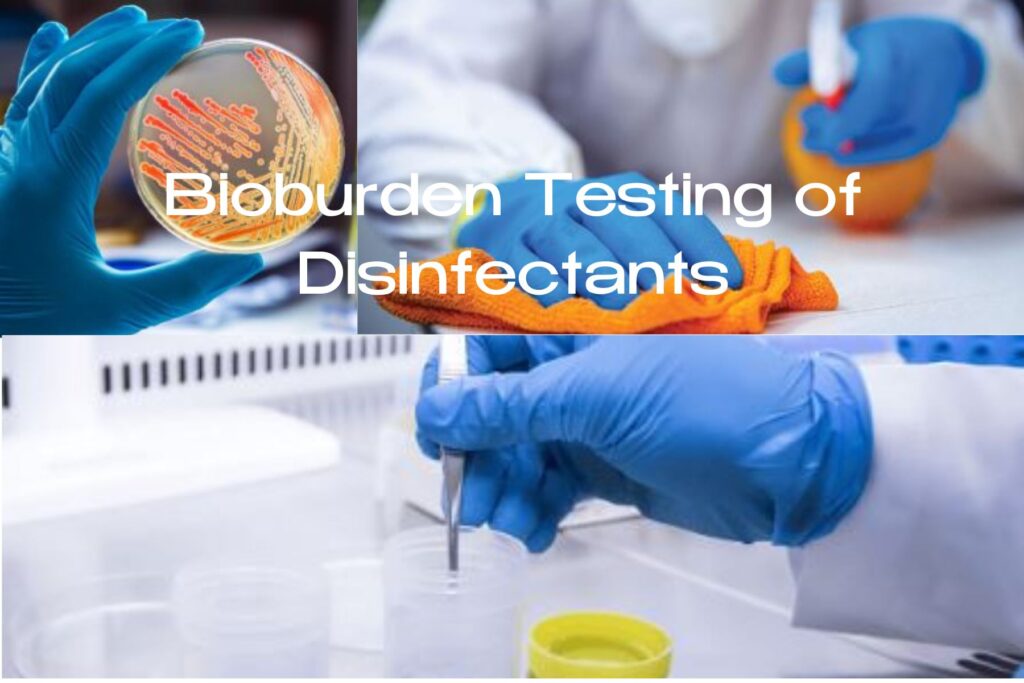
Bioburden Testing Of Disinfectants
In some facilities the requirement to control disinfectants on receipt via the Incoming Materials QA system is interpreted in part as a requirement to perform bioburden testing on undiluted disinfectants. In some sterile facilities it is the practice to sample from containers of in-use sterilized disinfectant solutions which are nearing their expiry date. For non sterile facilities it is recommended that a low key monitoring is also carried out. Neither of these practices is mandatory. However when microbiological problems arise in a manufacturing facility it is usual to address the possibility of disinfectants being a vector of microbial contaminants, particularly if the problem is associated with spore-forming bacteria which may survive in many disinfectants including some undiluted spermicides. It is therefore useful to have methods available for bioburden testing of disinfectants and to have some data on their typical levels of contamination for the purposes of comparison.
The numbers of microorganisms contaminating disinfectants are likely to be low. Their antimicrobial properties are likely to be high. Care must therefore be taken to ensure that the method used does not involve so much dilution of the disinfectant that the volume tested is unacceptably small versus the limits being applied. The following methodology is recommended and is useful for disinfectants which are not easily inactivated. The membrane filtration method must be used. The general approach should be to neutralize the disinfectant using 0.1% peptone
water plus Tween 80 at an appropriate concentration (eg 2%). Alternative solutions may be used for the Neutralizer eg. 2% Tween 80 + 0.3% Lecithin. An appropriate volume of the disinfectant (e.g 50-100mls) should be passed
through a sterile membrane filter. The membrane should be rinsed with the neutralizing solution (Typically 250ml) and then placed onto Tryptone Soya Agar and incubated at 30-35°C for up 7 days.
A limit of no more than 5 cfu per 100 ml of disinfectant should be used as the baseline requirement. A limit of NIL cfu/100ml is recommended where practicable. This may be applied to undiluted and to diluted disinfectants. The written procedure for disinfection and cleaning of areas within sterile facilities must include a method for inclusion of any recommendations for addition cleaning and special treatment for non compliances recommended by Microbiology or QA. An environmental monitoring programme is required for the sterile manufacturing facility which should identify any non compliances and rectify these, recommend disinfectants and rotation for the cleaning and test disinfectant solutions for microbiological contamination on a routine basis.
